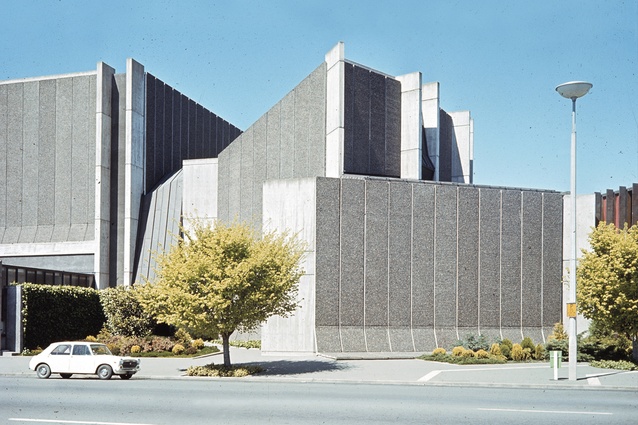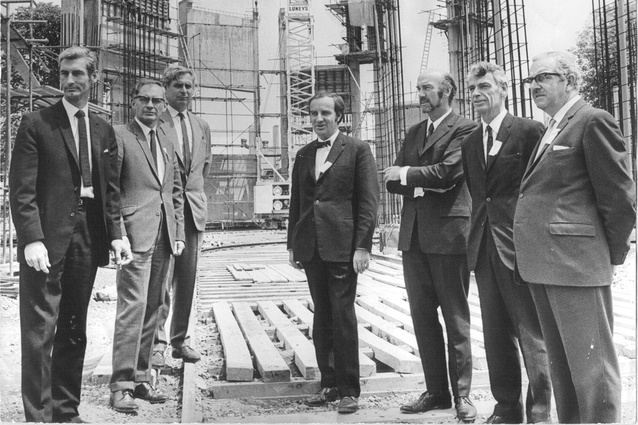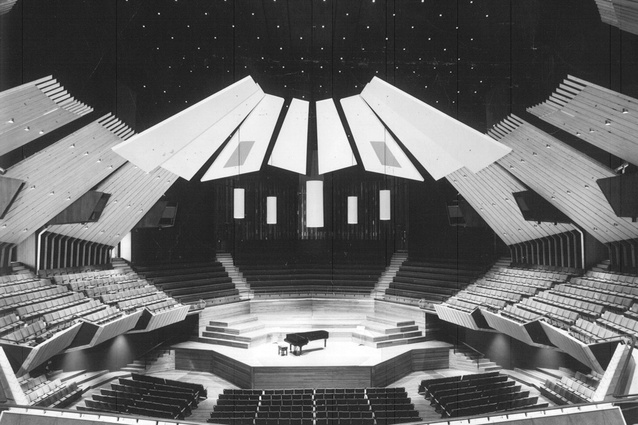Film review: Maurice and I
It is hard to imagine Christchurch without the mid-to-late-20th-century work of Sir Miles Warren (1929–2022) and Maurice Mahoney (1929–2018). However, many of their buildings were demolished or at least threatened with demolition after the Canterbury earthquakes.
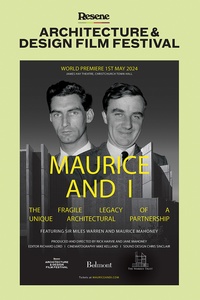
The Christchurch Town Hall (1966–1972), celebrated for its architecture, its acoustics and the role it played in the life of the city, was one of those threatened. After lengthy deliberations, the City Council committed to its repair in 2015 and it reopened to much fanfare in 2019.
The film Maurice and I explores Miles and Maurice’s 37-year partnership and the life and times of the Town Hall. It is a triumph. It has it all — drama, humour, heroes and villains, sadness and suspense — yes, suspense, even though the Town Hall’s outcome is already well known.
The film is all the more poignant because neither Sir Miles nor Maurice lived to see its release. Interviews with both were conducted shortly before Maurice’s death, and then progress on the film was stalled for five years while funds were sought for its completion. Targets were reached through crowd-funding in 2023 and the film premiered at the Resene Architecture and Design Film Festival in May this year.
The title Maurice and I captures words often spoken by Sir Miles. Putting Maurice to the fore is also personal; co-director Jane Mahoney is one of his daughters. This places the work in a line of films about architect-fathers. Nathaniel Kahn’s My Architect demonstrated how great such films can be. There are more-recent examples that reveal a potential pitfall of the genre: that a chip on the shoulder can hinder the presentation of an informed narrative. There is none of this in Maurice and I. It has all the depth, insight and sophistication a viewer could hope for.
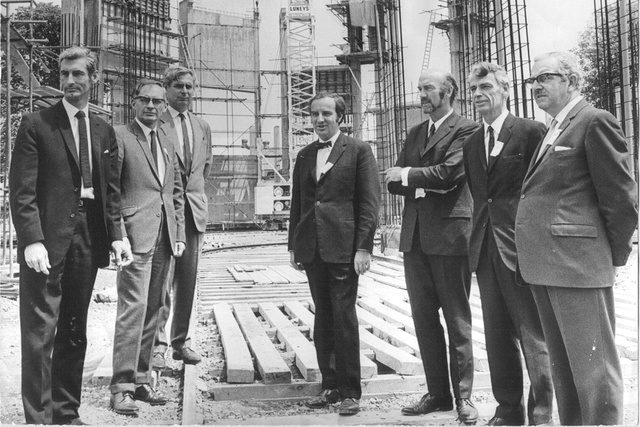
The interviews with Sir Miles and Maurice, for example, reveal so much about their dynamic, particularly the interview conducted with both of them together.
Sir Miles talks in animated fashion, with gestures and literary licence. Maurice says little, other than a brief interjection to correct something Miles had said. And then Miles resumes his storytelling, as if there had been no interruption at all. It’s priceless. It must have been like that between them for years. Clearly, they both recognised their own and each other’s strengths and weaknesses, and the fact that, together, they were completely complementary. Sir Miles would charm the clients, produce great designs and presentation drawings, and enjoy the public profile and accolades. Maurice was happy out of the public eye: almost invisible but always ensuring buildability and precision documentation.
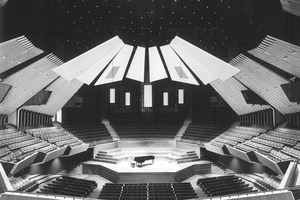
The film also includes interviews with a range of commentators. Jessica Halliday is in danger of stealing the show, seemingly made for the silver screen as well as being smart and articulate. Ian Lochhead brings deep knowledge not only of the Christchurch Town Hall but of concert hall architecture internationally. Barry Dacombe, John Hare, Harold Marshall and Peter Marshall all share valuable personal experiences. Gordon Moller provides the national perspective. Former Mayor Lianne Dalziel is razor sharp in zooming in on the key pieces of information that city councillors needed in order to decide the Town Hall’s fate. Even Gerry Brownlee fronts up. Good on him, I thought, given that he had encouraged the demolition of the Town Hall. Now that it is fabulous once again, he can almost-sort-of admit to eating humble pie.
There is much to enjoy beyond the interviews, including a wealth of extensively researched historical footage: of Christchurch; of Miles interviewed when he was younger; of various Warren and Mahoney buildings; of Peter Beaven, with a sting in his tail; of the violence of the earthquakes and the disgracefully huge rubbish heap of demolition materials that endures; and of concerts, performances and ceremonies at the Town Hall. Orchestral music and a passionate rendition of ‘God Save the Queen’ add to the overall sense of drama. If these are not your cup of tea, fear not; Gary Numan, Bob Geldof and Bono provide alternative points of connection. And the film has great one-liners interspersed throughout. For example: “I like the word cantilever.” The response: “I prefer fully licensed.” Brilliant.
All congratulations to Rick Harvie and Jane Mahoney on this carefully crafted production. They have raised the bar for films about New Zealand architecture.


